PROTECT YOUR DNA WITH QUANTUM TECHNOLOGY
Orgo-Life the new way to the future Advertising by AdpathwayCompared to the intense spring planting season, preparing garden beds for winter takes a more casual approach. We can batten down the hatches in a relaxed way, balancing neat beds without removing all the rich organic material that contributes to healthy soils and pollinator habitat.
A little site work now readies the garden for a strong resurgence in spring, and nature does the work for us during the quiet winter season.
Some prep we can do in advance of frost, while certain tasks are best after a few heavy frosts, when many of our woody and herbaceous plants enter winter dormancy. Tender, warm-season annuals die back. Growth slows, too, for specimen evergreens. This is the prime time to prep garden beds for winter.
Sweep Debris, Weeds, and Spent Annuals
 Focus on areas with disease-prone plants.
Focus on areas with disease-prone plants. With the active growing season behind us, our declining and dead plants are ready for clipping and composting. Most helpful for overall health is to remove any fallen debris around diseased or pest-damaged specimens.
A sweep of dropped material from disease-prone ornamentals (think roses, garden phlox, monarda, hosta) helps limit the overwintering of pests, spores, and pathogens. The material creates an insulated environment for harboring the offenders, ready to reemerge with fresh growth in spring.
A light rake over the bed sweeps the material, and the end-of-season spruce-up tidies the area. Keep the debris out of the compost pile and discard it away from the garden to prevent further spread.
For spent annuals, decide if you’ll leave them to decay naturally or cut them at the base for tossing into the compost pile. Clipping them allows the roots to stay in place to break down as organic material in the soil while maintaining a tidy appearance. If you need the bed space, you can also pluck them to capture the whole plant.
Removing cool-season weeds as they pop up in fall and winter is a good measure to further reduce overwintering pests and pathogens. Weeds house common garden pests and larvae, which may be vectors for disease spread. Some also host genus-specific viruses like hollyhock rust that affects mallows. Weeds also compete with our garden selections for space, nutrients, moisture, and sunlight, and, if allowed to reseed, their population increases..
Selective Perennial Cut Back
 Leave some seedheads standing for the birds.
Leave some seedheads standing for the birds. Cutting back perennials to prep the garden for winter depends on aesthetics and protecting those prone to fungal problems. Most perennials are just fine left standing, adding organic material to the soil as they decompose.
Some even lend interesting seedheads, branches for birds to perch on, and nesting spots for insects and wildlife. Ornamental grasses add sway and movement all season.
Leave perennials with hollow stems like Joe Pye weed, milkweed, anise hyssop, and monarda for pollinator nesting. Keep those with seedheads intact for bird and wildlife forage, winter appeal, and potential reseeding.
Woody stems and leafy crowns also offer extra winter protection to sensitive perennials in cold climates (like chrysanthemum, coral bells, Russian sage). Evergreen and semi-evergreen growers (hellebore, cranesbill, Christmas ferns) add a bit of green to the quiet landscape.
Perennials that benefit from cutting back as winter garden prep include any afflicted by disease problems during the growing season. Wait until after a few frosts to prune so the perennials are fully dormant and less susceptible to winter damage.
Aim for a balance that appeals to your aesthetic, that prevents fungal disease when cutting back herbaceous perennials, and lets woody specimens remain standing. Cut back the remainder in late winter or early spring before new growth emerges. Trim tattered or weather-worn leaves on evergreen specimens.
Store Garden Structures
 Extend the life of trellises by storing them.
Extend the life of trellises by storing them. If your trellises, arches, and obelisks aren’t in use over the winter, take them down to protect them from the elements. Store them as part of regular seasonal maintenance to preserve wood and metal. Move them to a sheltered spot to prolong their life.
Also store materials susceptible to freeze damage, such as empty clay pots, birdbaths, and small fountains.
Amend the Soil
 Amend soil in fall to create a good foundation for spring.
Amend soil in fall to create a good foundation for spring. Fall is the best time to improve soil structure by adding amendments. Applying them in advance of spring lets them fully incorporate into native soils for added benefits during the growing season. Amending soil as we prepare the garden for winter improves soil structure, boosts microbial activity, regulates pH, and adds nutrition.
If you haven’t done a soil test in the last five years, it’s also a beneficial part of winter garden bed prep. The results, whether through your local university extension service or an at-home kit with lab interpretation, indicate nutrient levels, soil pH, and any deficiencies.
Soil tests help us know what type of soil we’re working with to tailor which plants will grow best and what amendments are useful.
Compost and Mulch
 Add to your compost pile as you clean up.
Add to your compost pile as you clean up. Mulch offers valuable services in winter protection. A two to three-inch layer of compost, bark chips, leaves, or clean straw protects against seasonal extremes like frost heaving, rapid temperature fluctuations, and dry conditions. Mulch insulates roots and retains moisture across varying conditions. It also enriches nutrition for microorganisms in the soil as it breaks down.
Wait until after a heavy frost to add extra mulch. Waiting until dormancy prevents fungal problems and maintains air circulation. Avoid piling mulch on the trunks of trees. During dormancy, it can be used on borderline shrubs and perennials as additional winter insulation.
Take Advantage of Leaf Drop
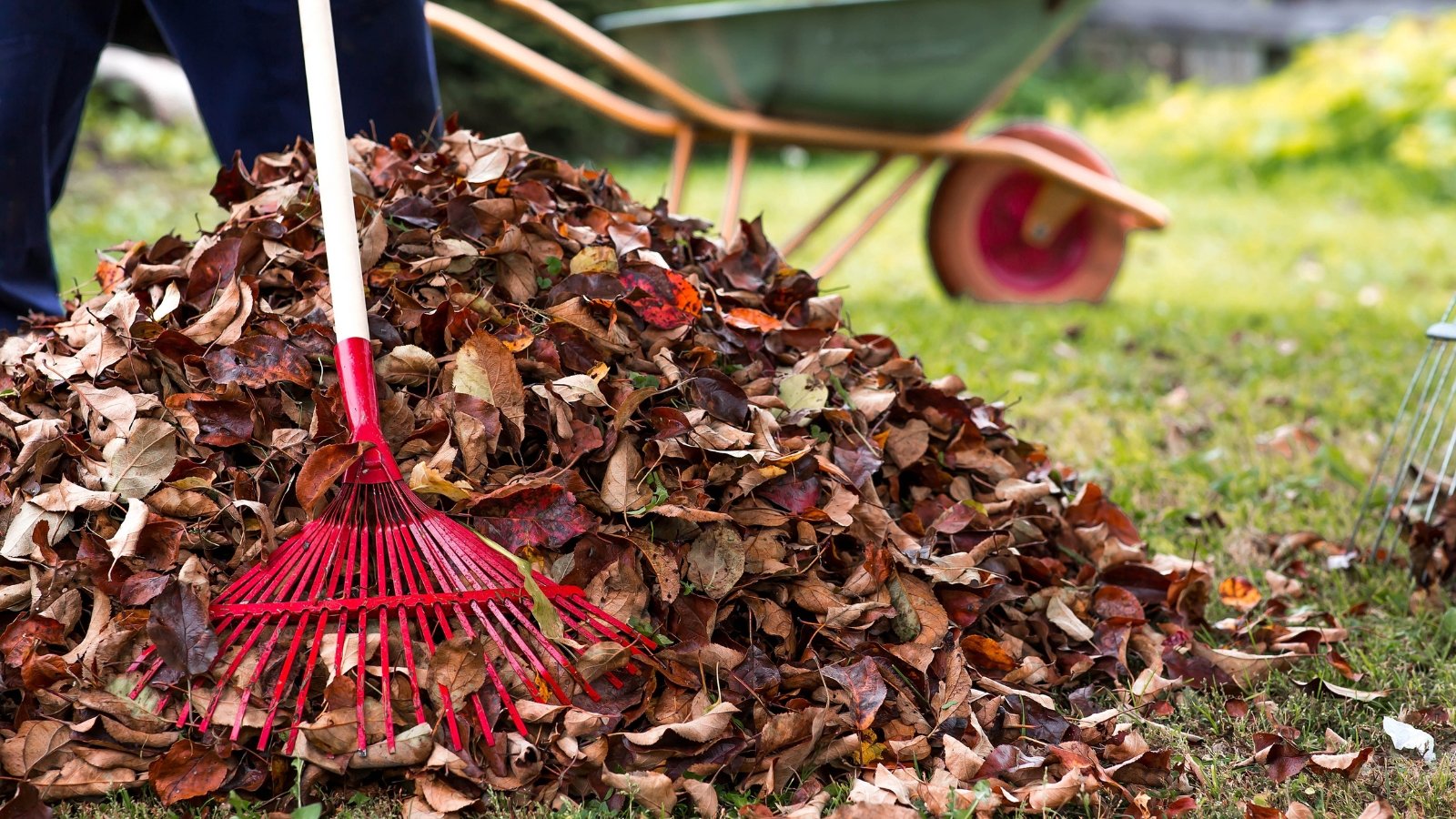 Use fallen leaves to prep garden beds for winter.
Use fallen leaves to prep garden beds for winter. Fall leaves are an easy resource with lasting benefits in preparing beds for winter and beyond. As a ready mulch, they insulate roots and nourish soils as they decompose. Leaves also promote biodiversity as habitat for beneficial insects and other creatures that use them to nest, lay eggs, and overwinter.
To make a leaf mulch, place them as a natural cover across beds and bare areas. Leave them where they drop or lightly rake whole leaves into beds. Keep the leaf layer off of stems and trunks to prevent fungal problems.
If you have excess leaves, store them in discrete piles or neat towers to make leaf mold or add to the compost pile as brown material. As the piles break down in about six months, they become a prime soil conditioner and topdress material. Wait at least until spring to disperse the piles, when temperatures are 50°F (10°C) and above. Breaking down piles too early poses a risk to overwintering creatures like bees.
Winterize Certain Shrubs and Trees
 Frost cloth protects sensitive plants in winter.
Frost cloth protects sensitive plants in winter. Wrapping trees and protecting the crowns and roots of borderline woody shrubs adds extra protection in very cold climates. In areas with frigid winters, young and newly planted trees benefit from a wrap.
Those within one to five years of planting are candidates for trunk wrapping. Source a special tree wrap material or use kraft paper around young trunks. The wrap helps keep them insulated, preventing them from splitting with fluctuating temperatures and sunscald from exposure.
Borderline Shrubs
 Use mulch to protect the roots of certain species.
Use mulch to protect the roots of certain species. Borderline hardy shrubs call for extra insulation to prep them for overwintering. The primary goal is to maintain a consistent cold state, protecting the roots and crowns from extreme temperatures, frost heaving, drying winds, and winter sun. Woody ornamentals like roses and hydrangeas benefit from added protection in zones 6 and colder.
Protect the roots and crowns with an 8 to 12 inch mound of soil, compost, leaves, or straw. Evergreen boughs also work as a blanket for insulation. Remove the protection in early spring as temperatures warm to expose roots to the sun’s warmth and make way for new growth.
For extra protection against exposure, a wire cage (chicken wire or a similar pliable material) filled with dry leaves forms a cylindrical frame with insulation to last all season. Wrapping with frost cloth is another basic method to help during temperature extremes and cold snaps.
Tender Specimens
 Move tender plants to a sheltered spot.
Move tender plants to a sheltered spot. Tender perennials and annuals are those that aren’t fully hardy in our growing zone and may not survive winter. To preserve any specialties, lift them and pot them up for overwintering in a sheltered area. An unheated space, like a cold frame, garage, basement, or shed, is a protective option.
The potted specimens require occasional watering (generally once a month) to prevent the roots from drying out completely. Check the soil moisture every few weeks, taking care not to overwater, as soggy conditions promote root rot. Make sure the containers and potting media are well-draining.


 4 hours ago
3
4 hours ago
3


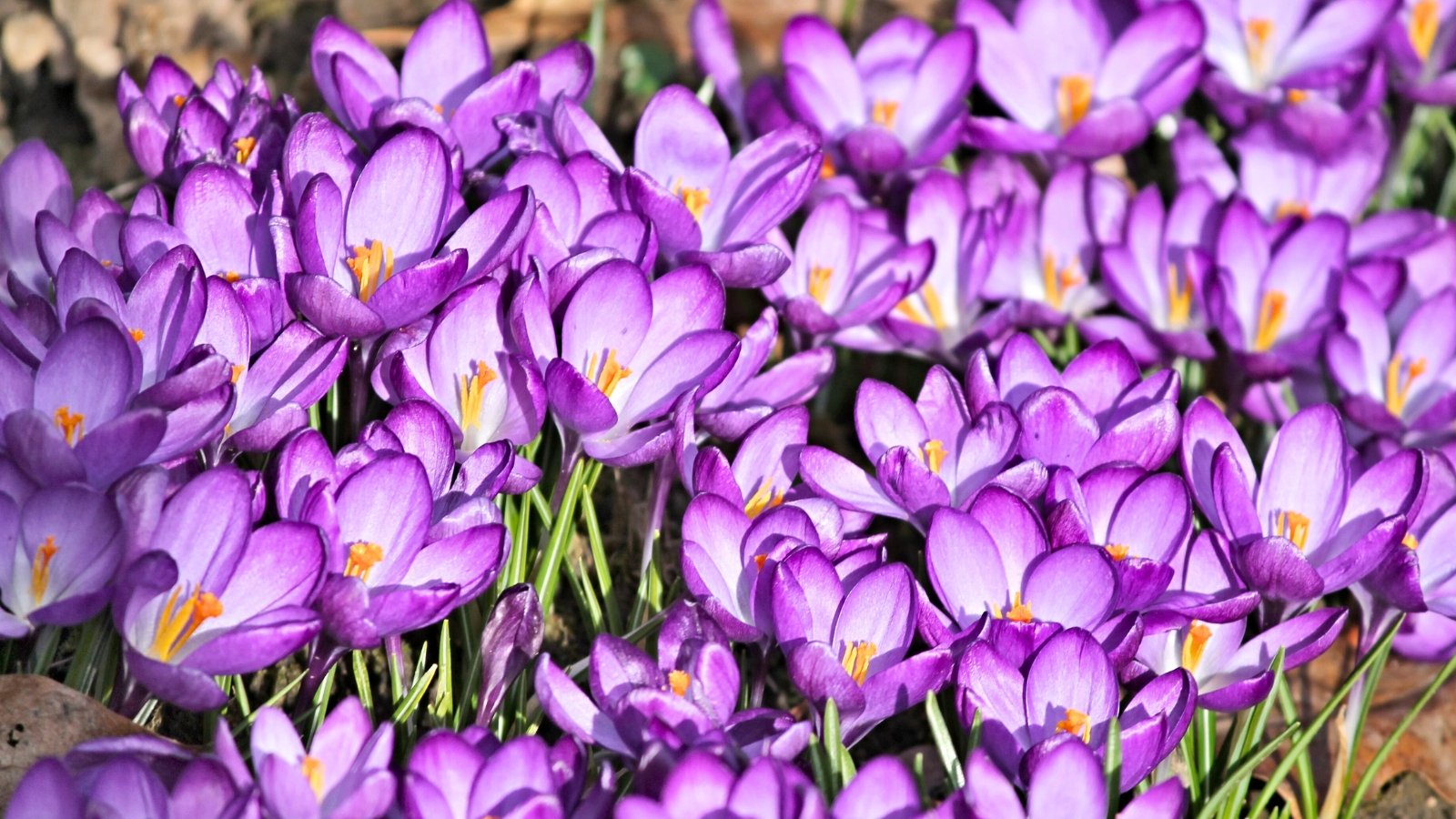
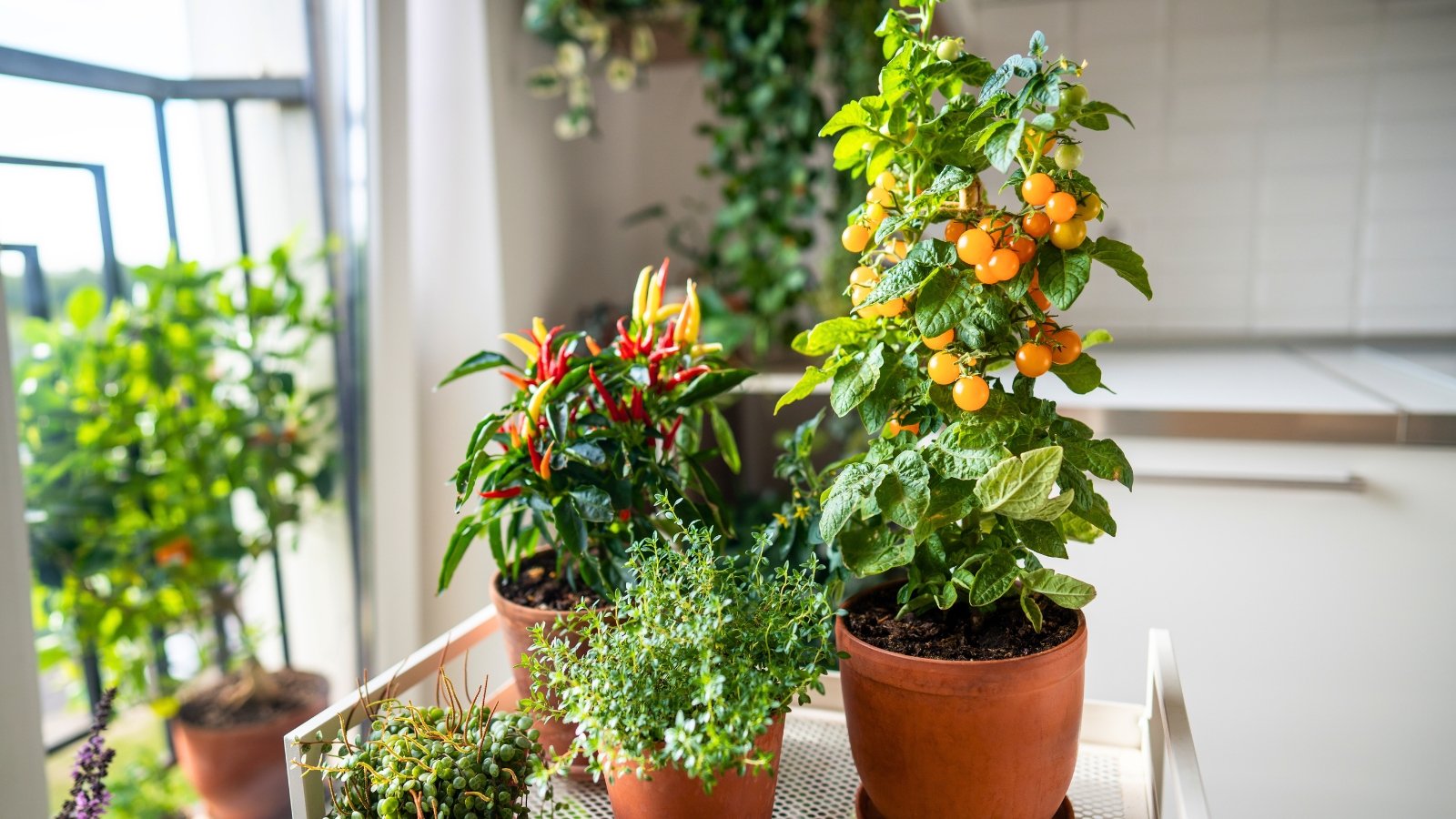
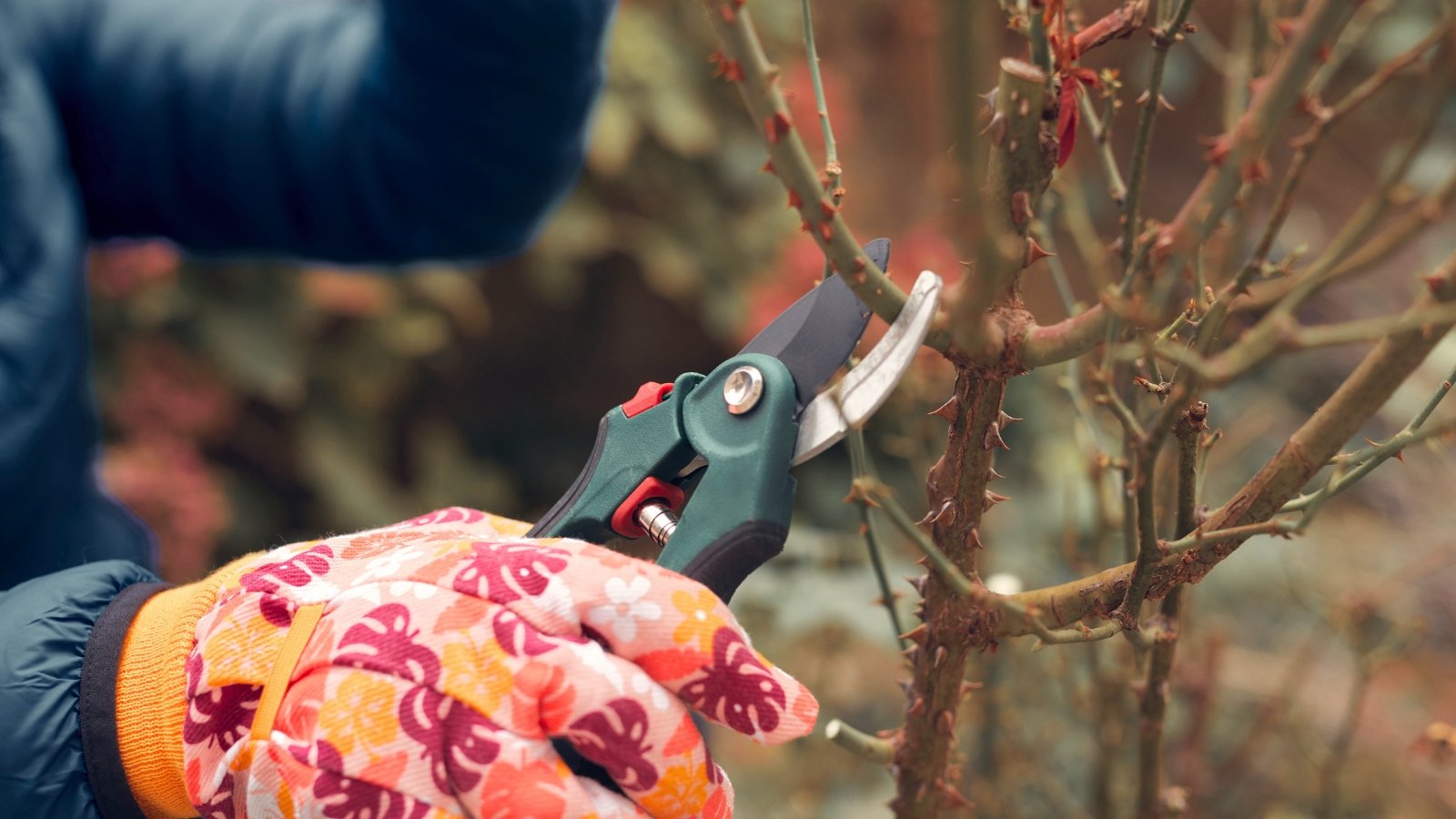
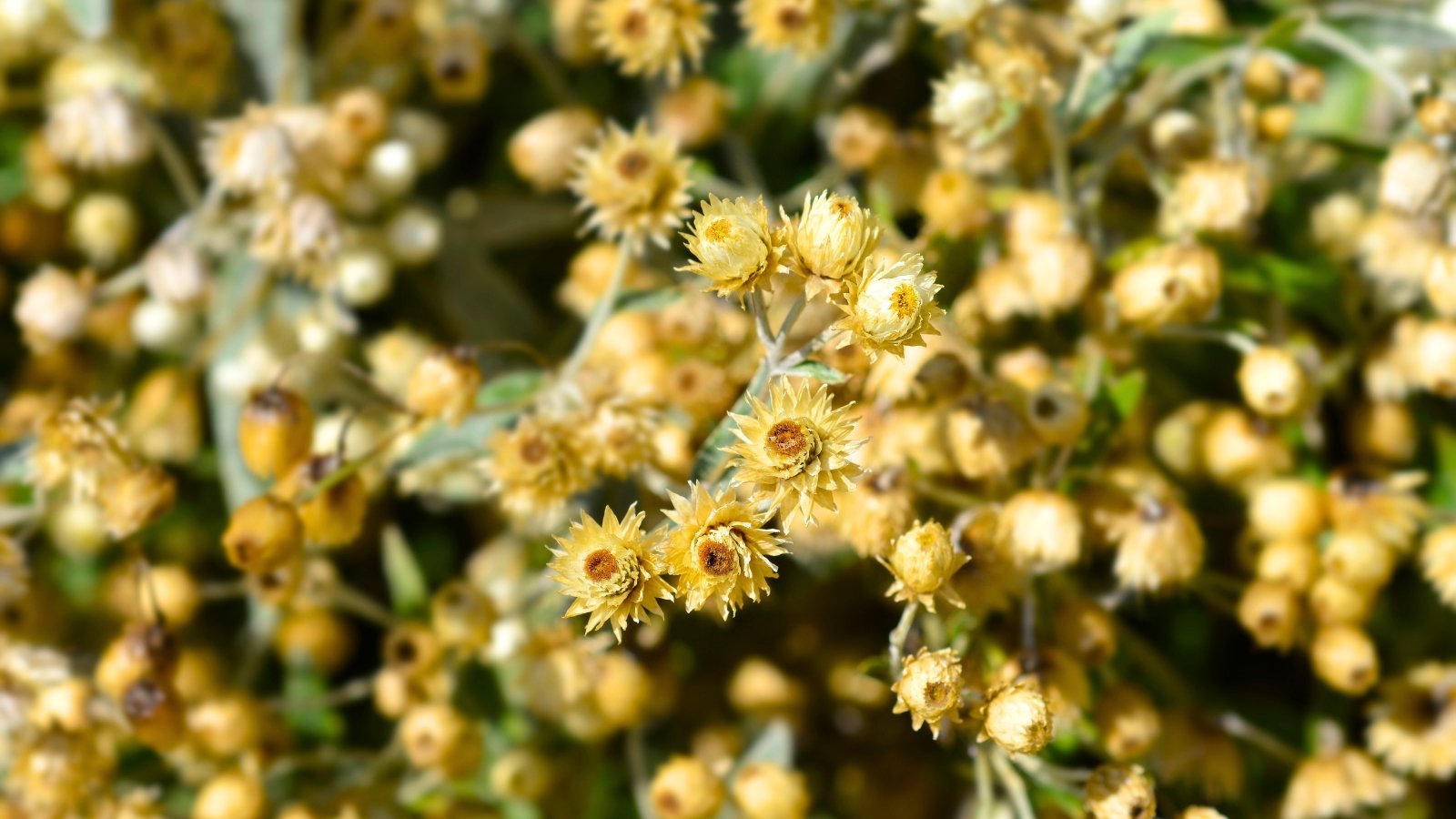















 English (US) ·
English (US) ·  French (CA) ·
French (CA) ·